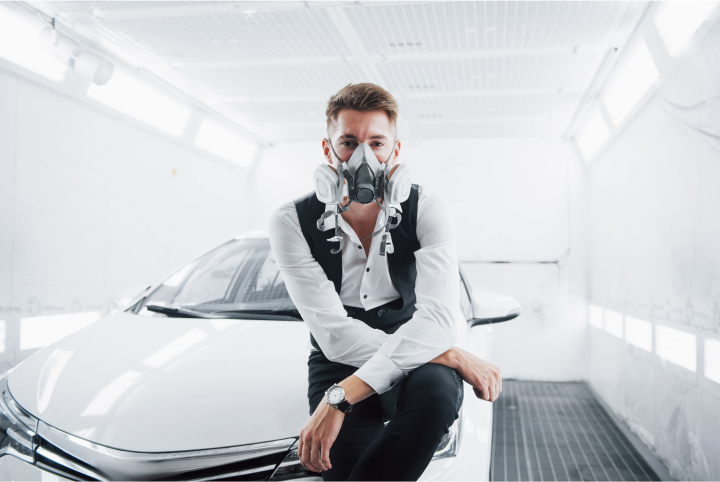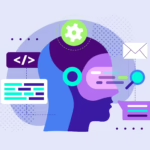User Experience in the Automobile Industry : What does the future hold?

Future of automobile
Tomorrow will be different and far advanced than today. Our resources will diminish as our technological capacity will grow. But our basic need to eat, sleep, work and move from one place to another will remain the same. In this blog, we will be concentrating on the last part. There is a lot of buzz about automobile design and the future of car systems. But for a topic which is widely discussed there is a lack of publicly available research into how people use the interfaces and other features of the cars created for them.
Have you ever thought in the next decade, how will people and things move? How will users interact with their cars? What are the user expectations from their car?
We wanted to explore how users are interacting with their Cars. Sitting alongside and interviewing 15 people who drive cars or who use cars to commute regularly allowed us to identify features people care about as a driver or as a passenger in the car, features they don’t and why certain features are seen as more valuable for those who are creating future vehicles to have the opportunity to streamline and enhance experiences through sensible car design.
This research we did is intended to improve the in-car experiences and establish best practices for designing cars according to the user expectations.
How we did the Research
Along with the internal testing at the studio, we interviewed general population and examined their behaviours. We spoke to 10 drivers and 5 passengers, both male and female, whose ages spanned from 20 to 35. With a mix of different car makes and models, we began to understand user needs, expectations and frustrations faced by people while using the car.
Research Findings:
- Users find it very difficult to learn and operate the car interfaces, and the experience left many drivers intimidated.
- Users found multiple pathways confusing – buttons on the steering wheel, knobs on the center console and digital features.
- Users don’t like the navigation system of the present cars and they prefer using google maps on their phone instead of using the car’s navigation system.
- The car users face accidents due to many reasons – pedestrian hazards, small animals, speed brakers, driving in wet conditions, over speeding, etc.
- User finds it difficult to select the music of his choice and play it while driving.
- The users find it difficult to adjust the air conditioning in the car.
- Traffic congestion leading to aggressive driving by the user
- Distracted driving fatalities due to driver’s mind wandering for long enough leading to a collision
- Users find it difficult to search for parking space and park their vehicles.
The entire luxury car brands and other technology companies like Google and Apple have started to think about the opportunities in the automobile and transport industries. The solution often the technical experts think of are what he can put on a screen, how he can move all the buttons into options on the screen, where he can design an app for the car. The solution they think of is as simple as broadcasting a mobile phone’s functionality into the car.
Car manufacturers are also releasing solutions for users to control their car remotely from setting up an smart assistant who will anticipate every need of a user to changing the temperature of the car. The future of car is it will greet you at the airport when you return from the trip or sync with your calendar and know where to pick you up after a meeting. The seats will swivel to face one another and a series of displays will permit passengers to entertain themselves or work.
All we are doing now is adding more and more screens or user interfaces where there is no need of interfaces to exist and where they need to exist, they are being overlooked. We are not solving the problems for a normal person who is owning a non premium brand car. We need to move beyond the screens.
After all as Edward Tufte once said, “Overload, clutter, and confusion are not attributes of information, they are failures of design.”
How we as design champions can contribute to more meaningful solutions to genuine problems that people face in their day to day?
We live in an era of revolution, the revolution of rising expectations. And somehow in this new era we as designers are failing to think beyond apps and screen to consider the whole person.
The premium car brands like Tesla, Mercedes Benz, Future Faraday, Audi, Jaguar, lamborghini, etc., are solving most of the user experience problems by designing and building the futuristic self driving or self learning cars. But these cars can be hardly afforded by normal people.
We believe that the future of experience in the automobile industry should be precisely focussed on meeting and addressing the real need of the user. This can be achieved by targeting the non premium automobile brands like Maruti, Renault, Hyundai, Honda, Toyota, etc which the normal people use.
What if these non premium automobile brands thought of technological solution similar to what premium brands offer in a cost effective manner? We would love to explore this further if anyone of you guys are interested in 😉
At NetBramha, we are focused on strategic design thinking that addresses many different industry verticals. We want to create logical, and futuristic solutions that enhance the user experiences across the global societal and technological norms that are normally overlooked or simply accepted.


